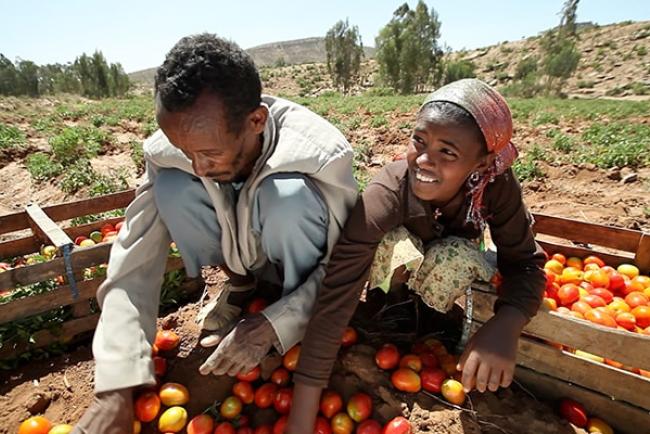Keeping the Nile Flowing and Boosting Livelihoods

The Tana-Beles Integrated Watershed Management Project
Despite all its economic potential and natural endowments, the Nile Basin is threatened by scarcity of water and degradation of its ecosystems. It is estimated that from the Ethiopian catchments alone where 86 per cent of the river flow originates, up to 200 million tons of top soil are washed away every year. Downstream in the delta area, salt water infiltration into the Nile is an acute problem.
This massive soil erosion has led to economic losses by shortening the life span of reservoirs, adding to the siltation of irrigation channels, and damaging hydropower infrastructure. Vital wetlands in the midstream are shrinking too; yet they are essential in regulating the hydrological balance and river flow, hosting endangered flora and fauna, and providing environmental services to local communities.
To deal with these challenges, the Nile Basin Initiative (NBI) is supporting Member States by focusing on watershed management and livelihood development projects to restore degraded water catchments and to improve economic productivity. These catchments are critical for sustaining the flow of the Nile’s major tributaries and for enhancing and diversifying productivity in rain-fed farming. Remarkable examples of the watershed improvement efforts include the Tana-Beles Integrated Watershed Management Project which is part of the Eastern Nile Watershed Management Project.
